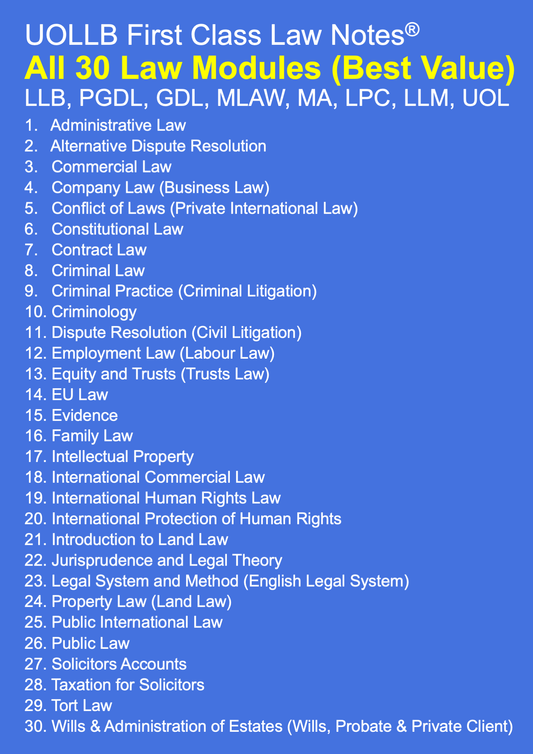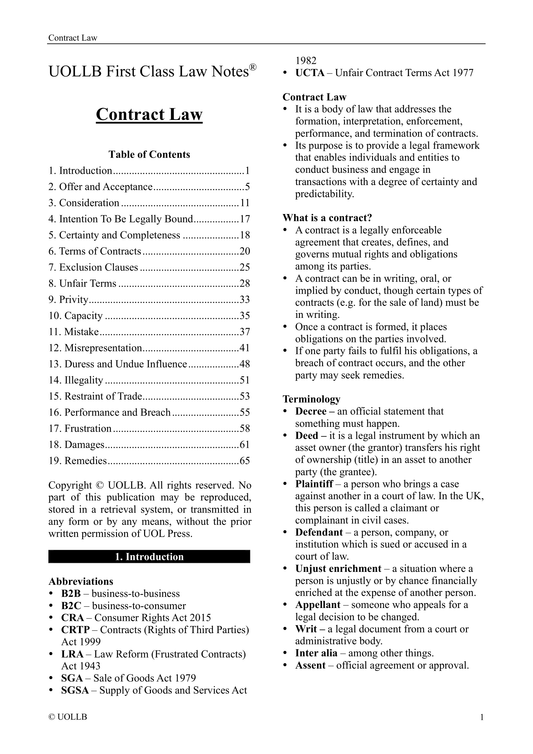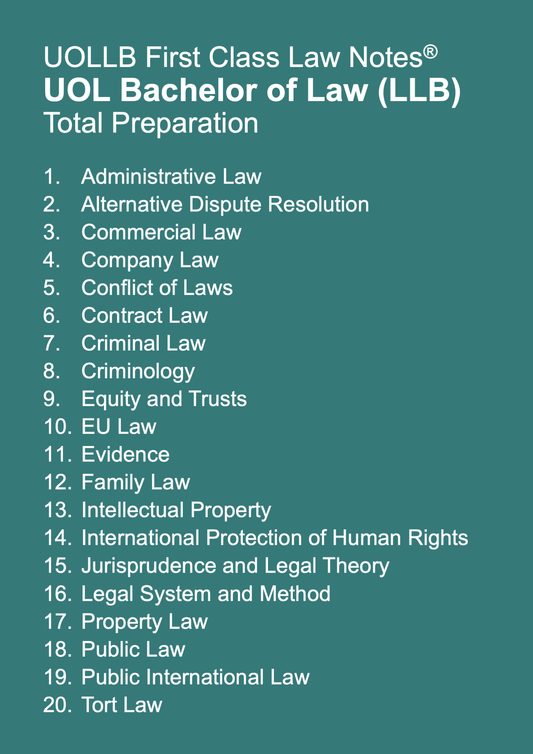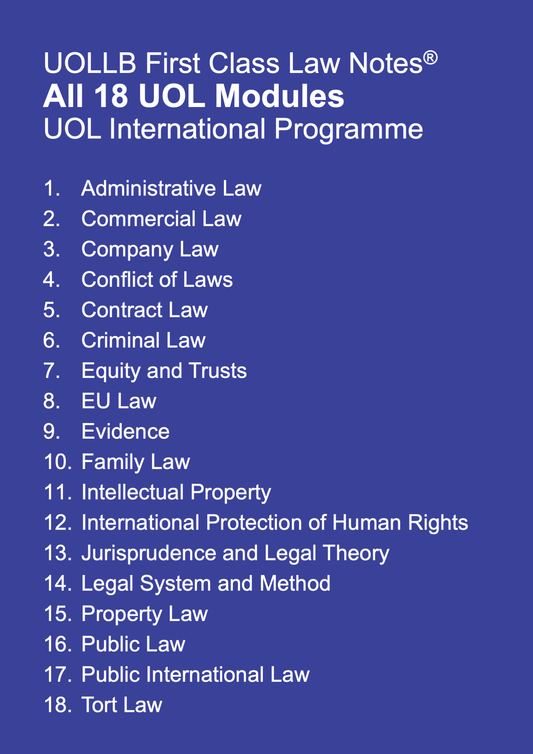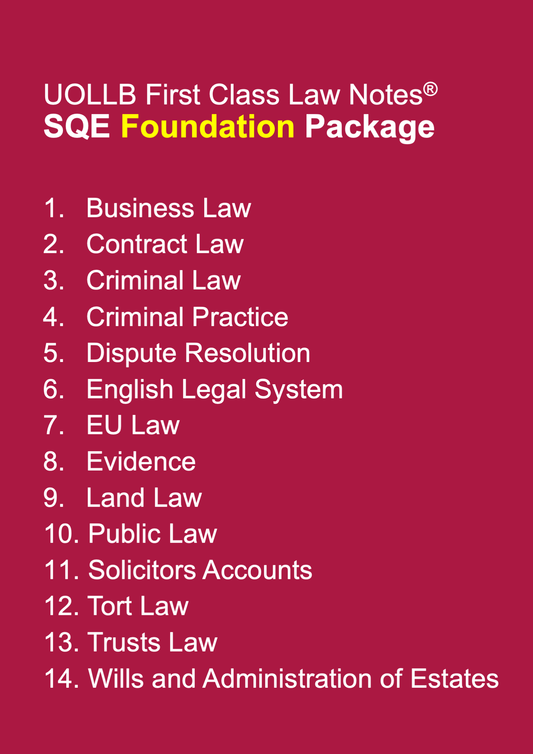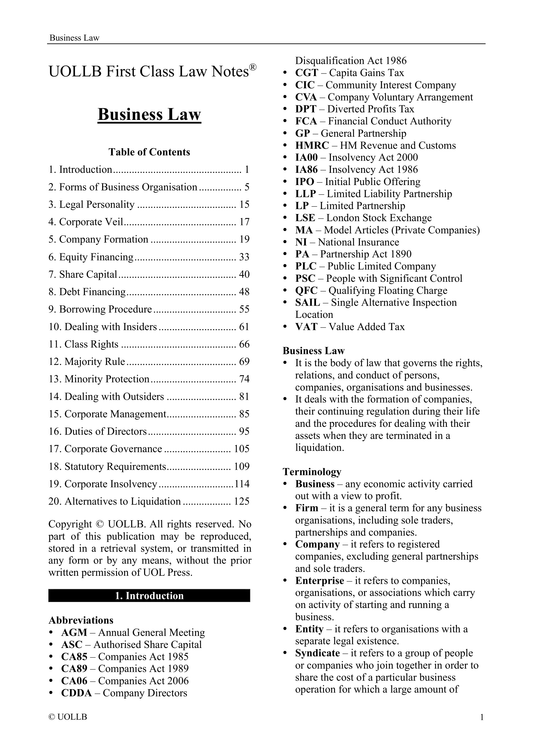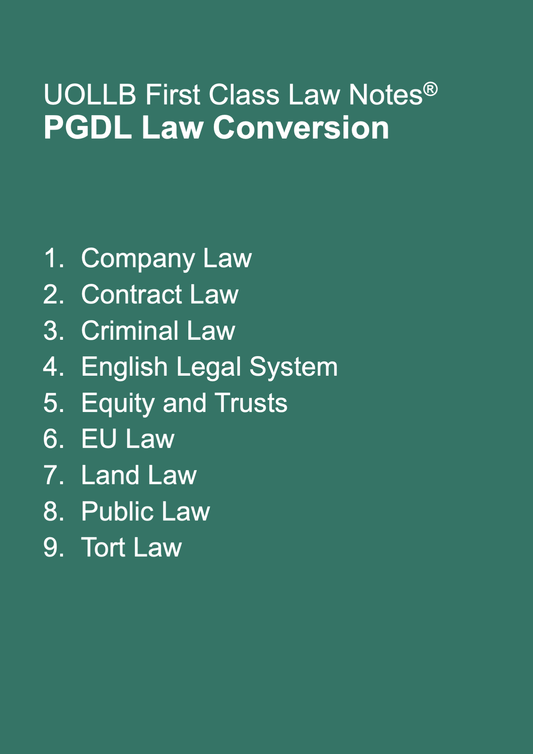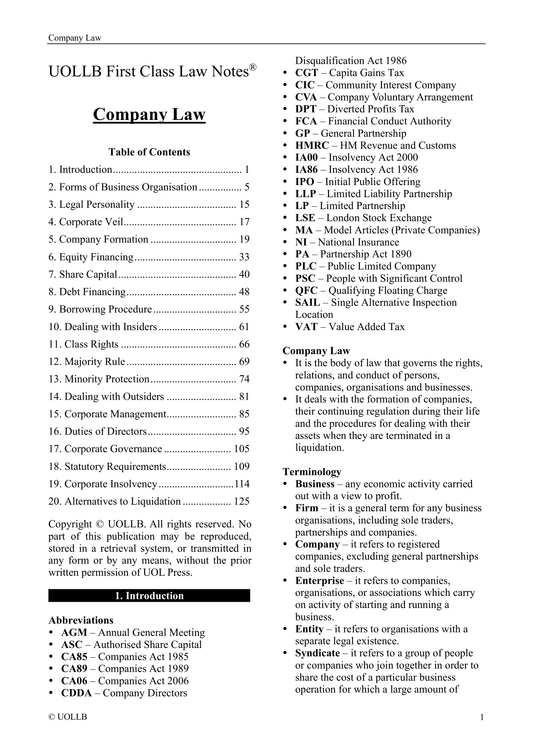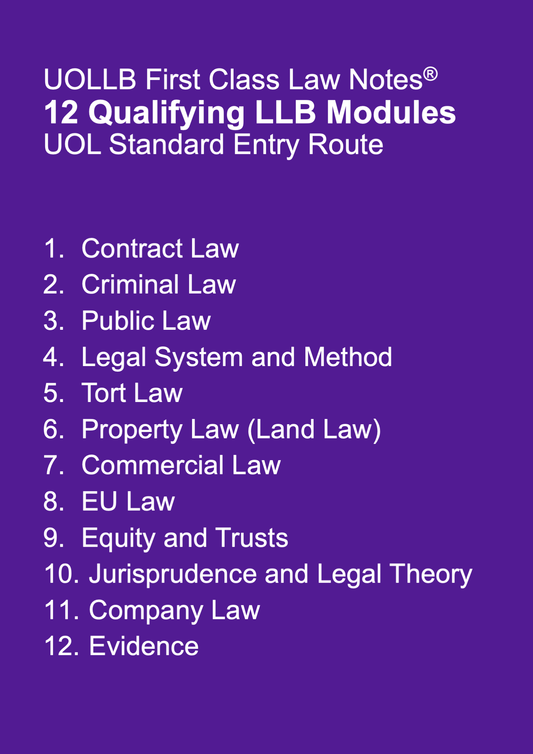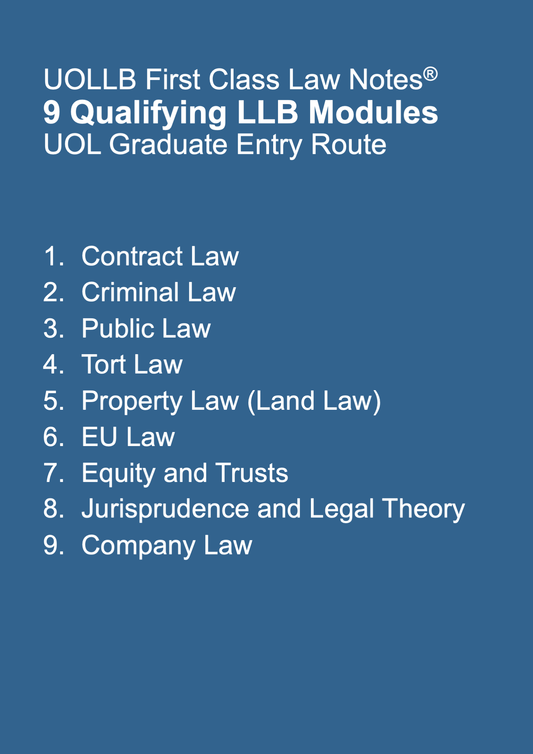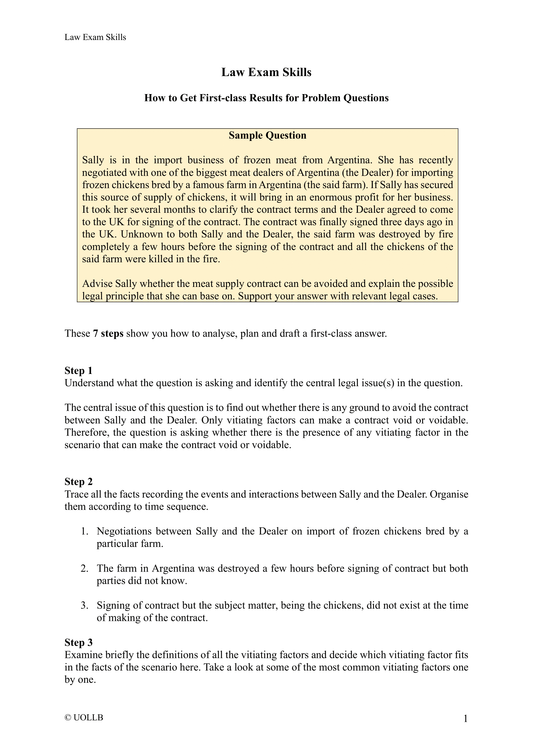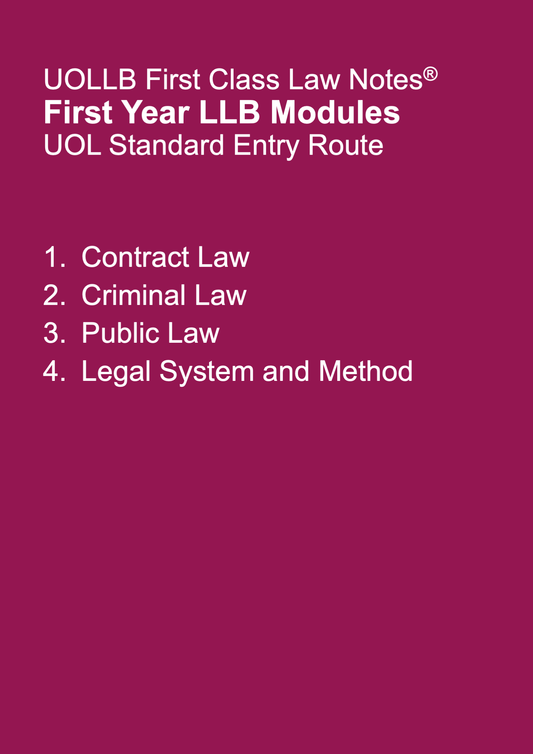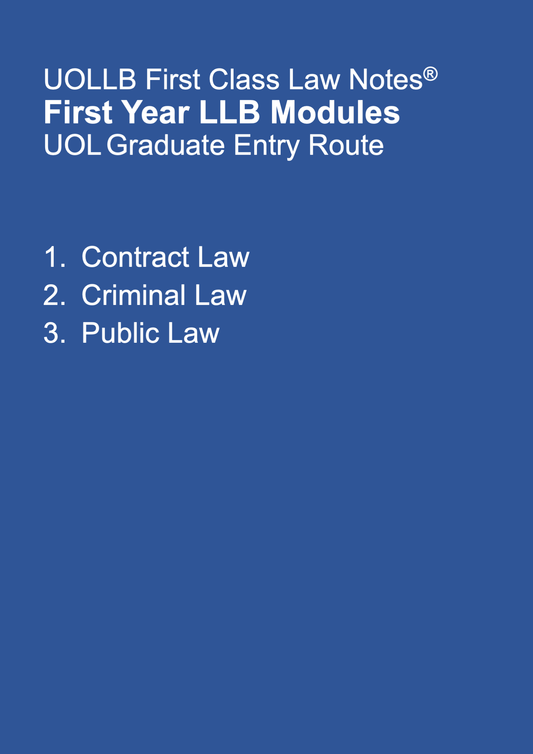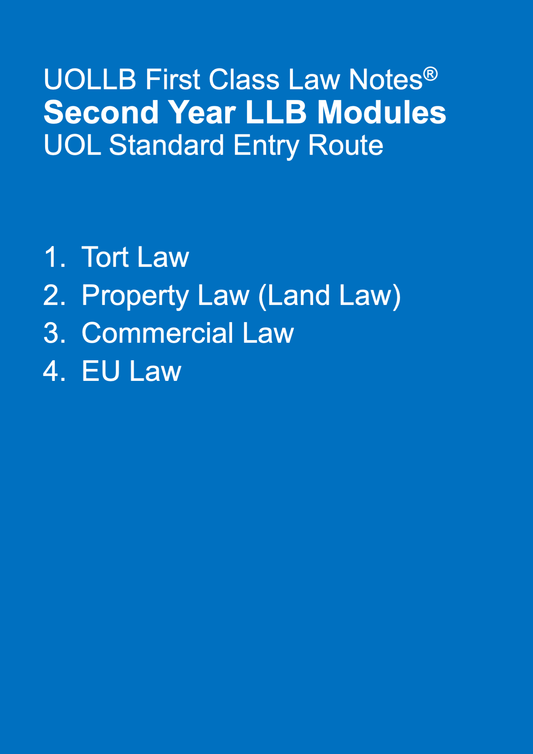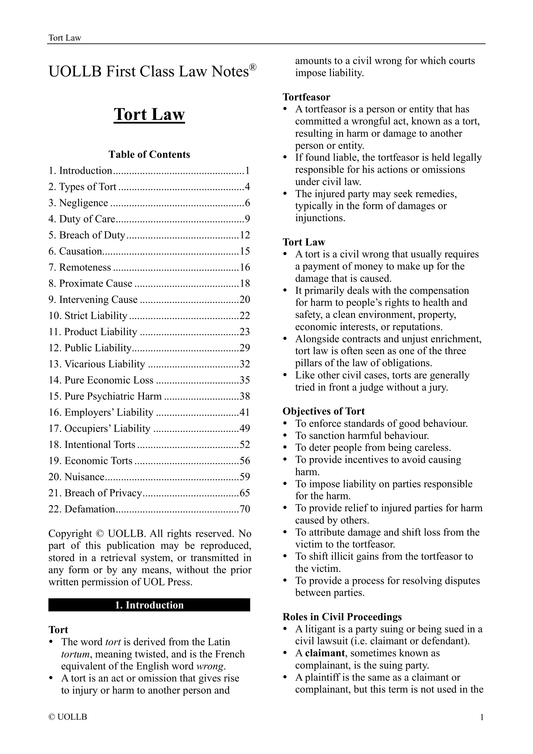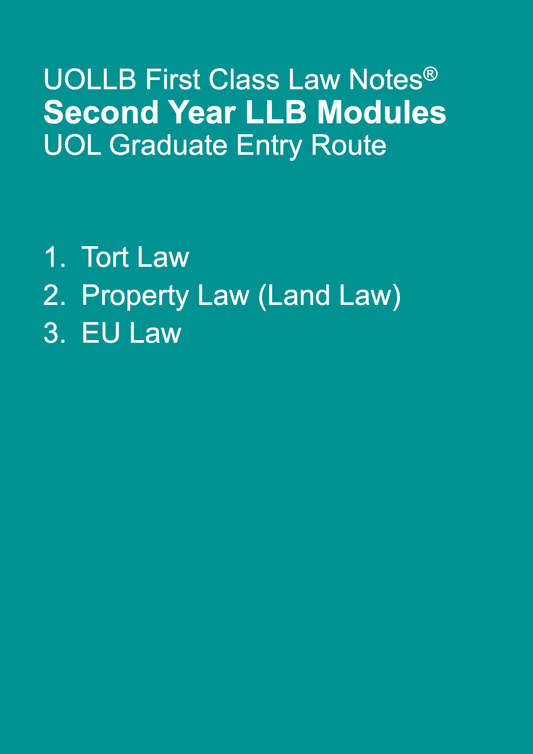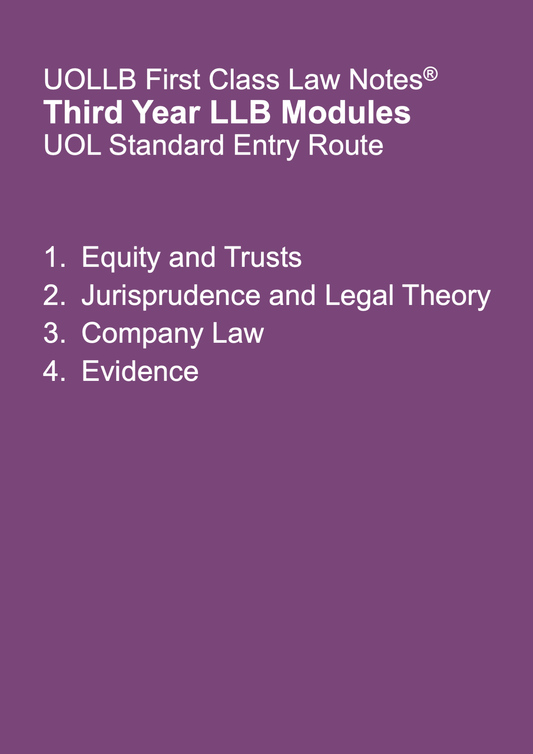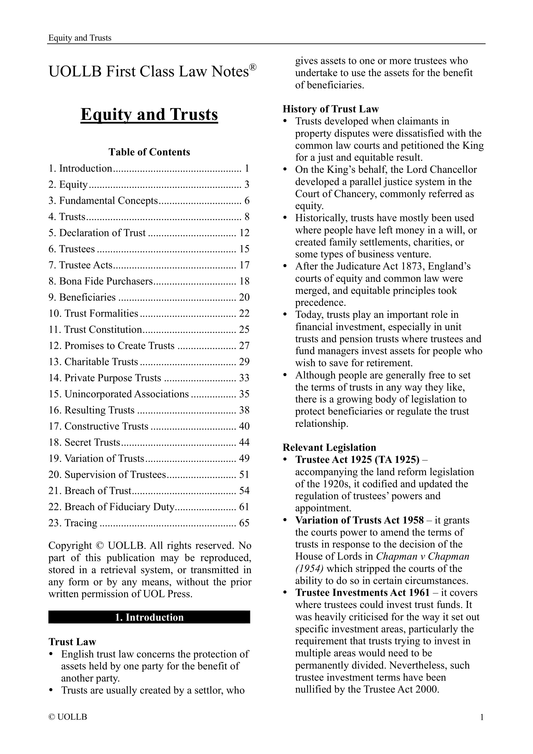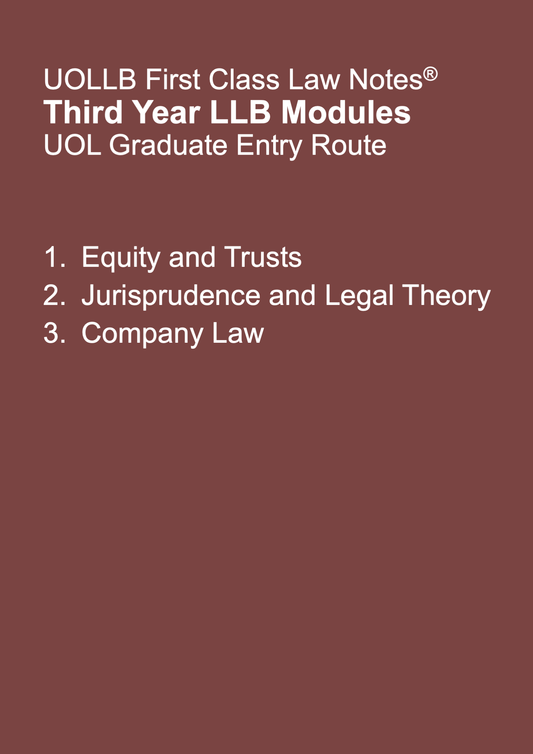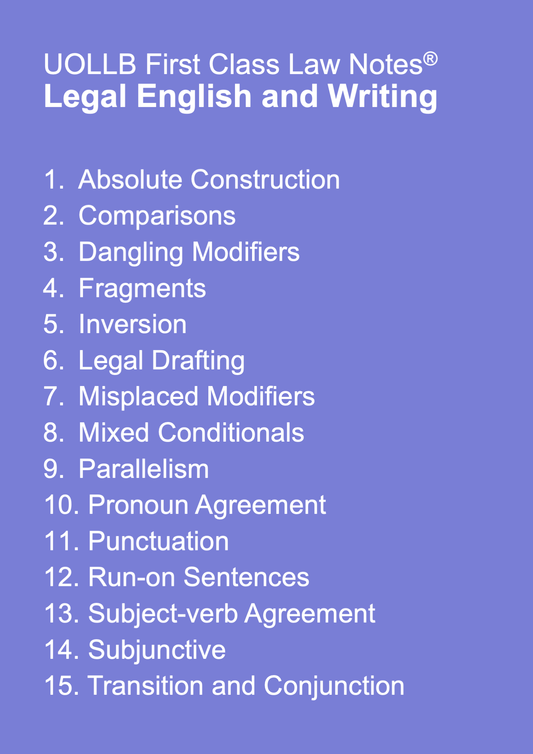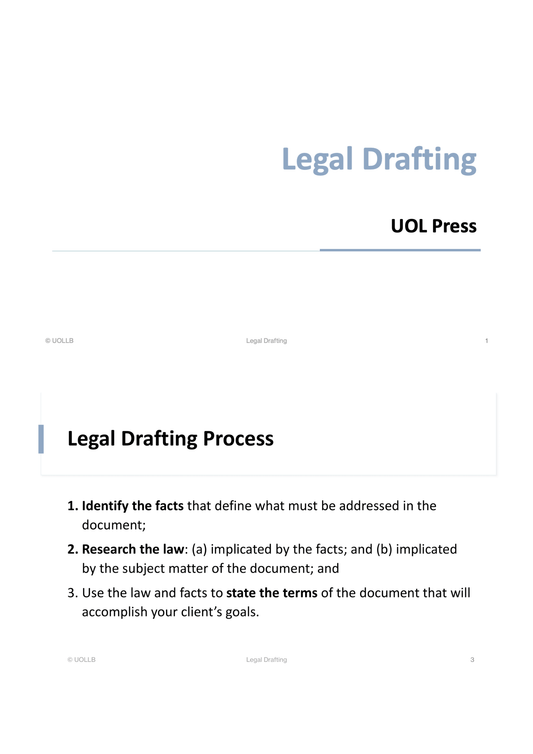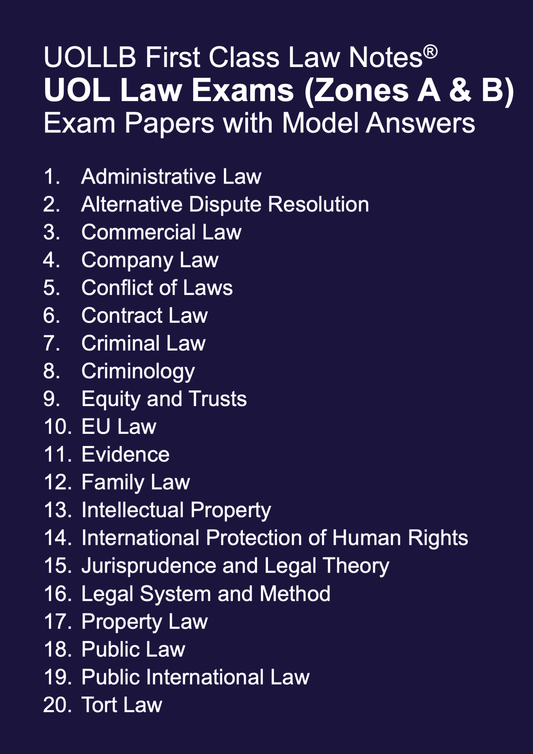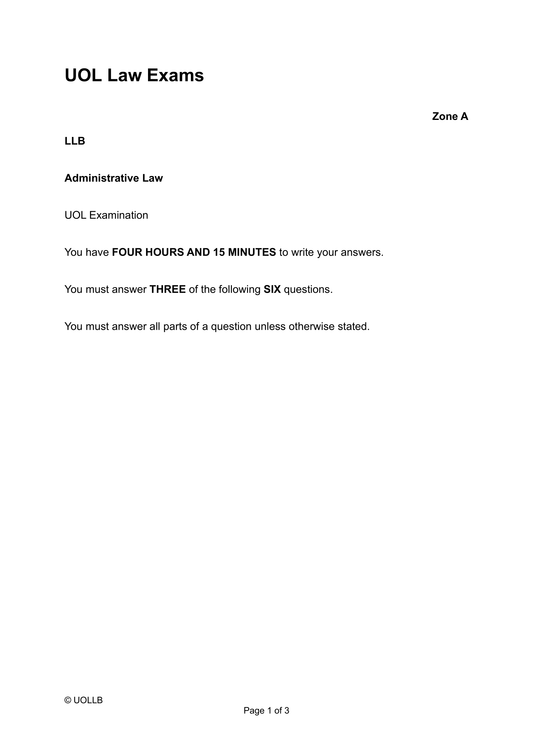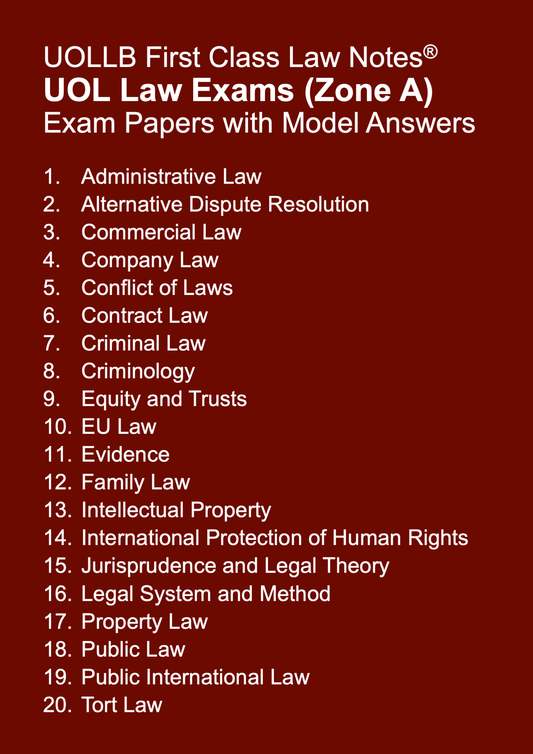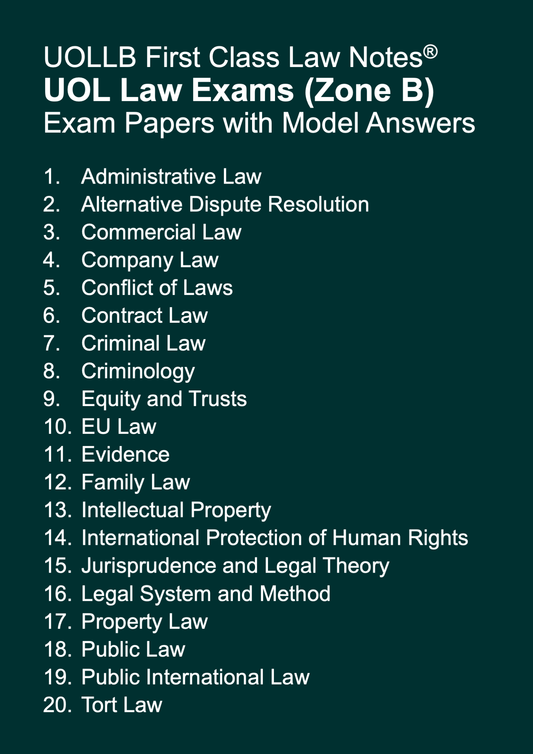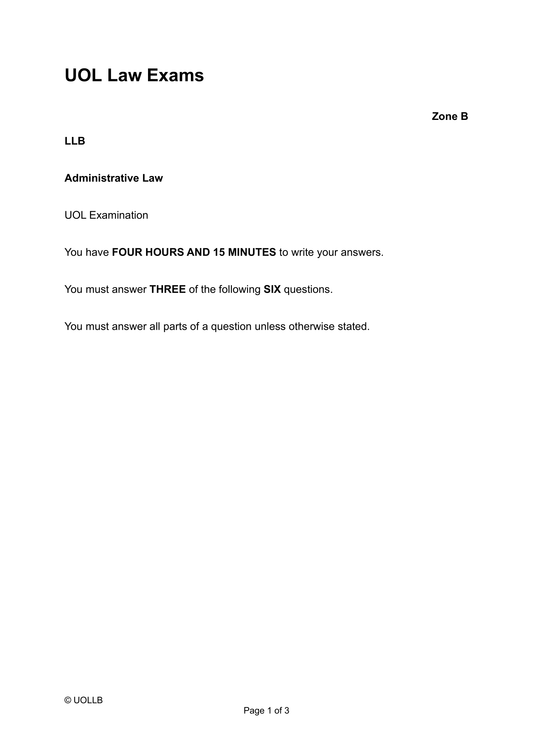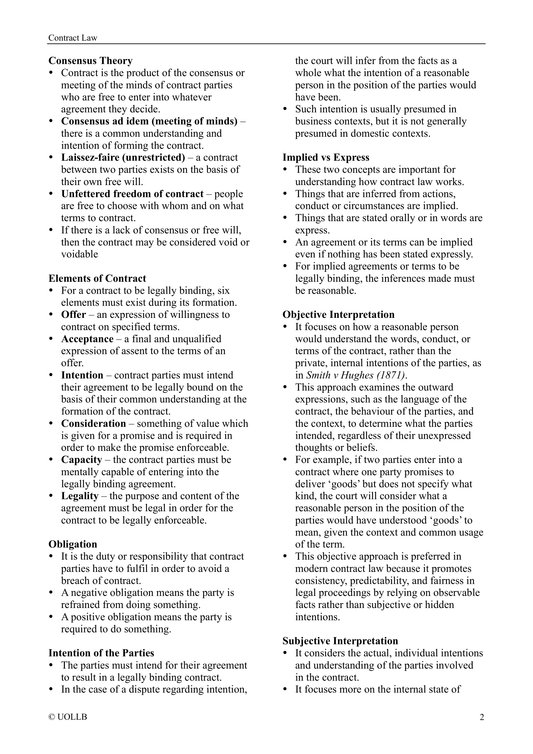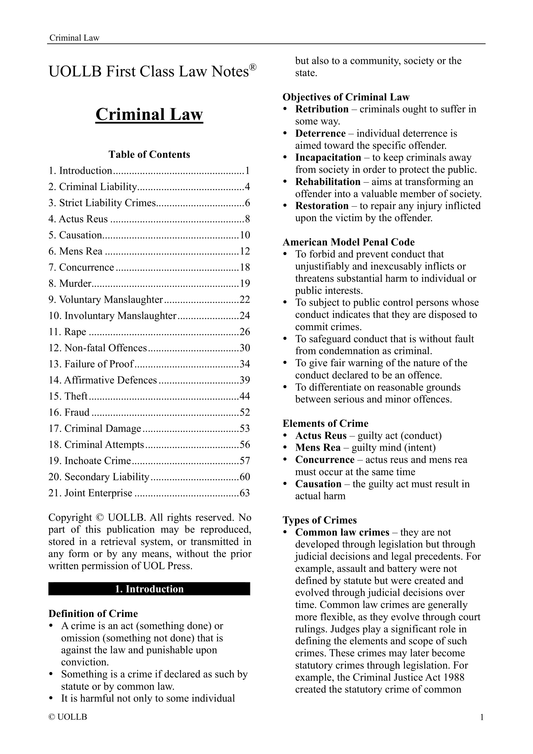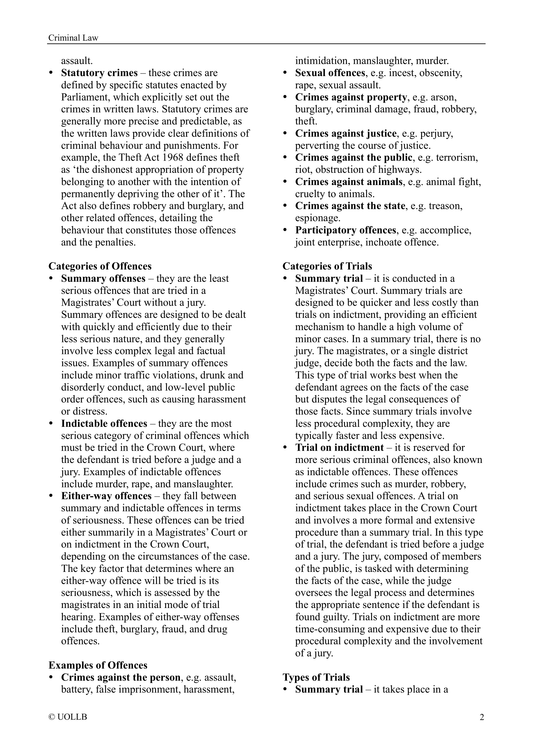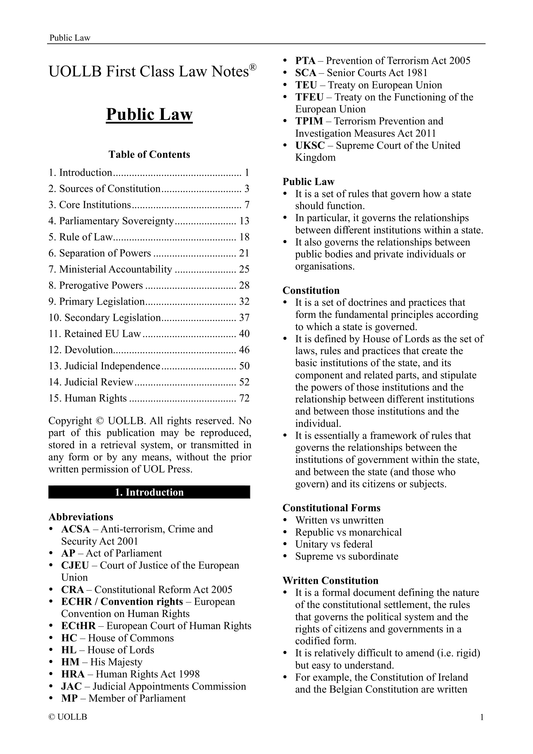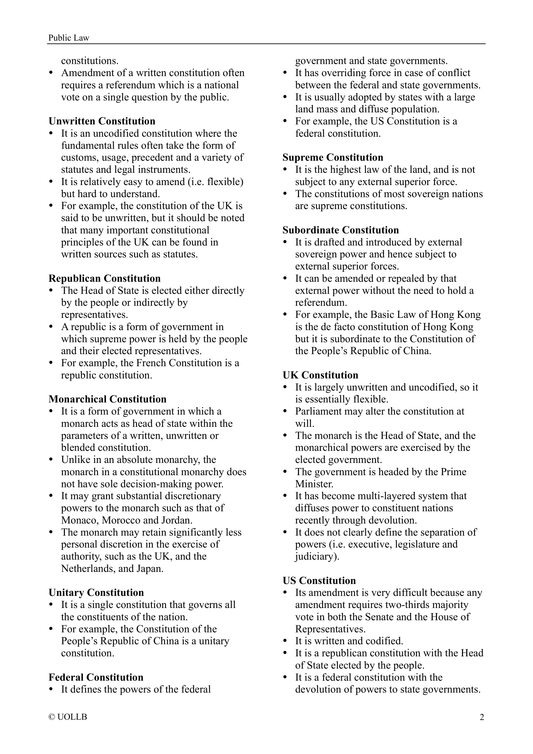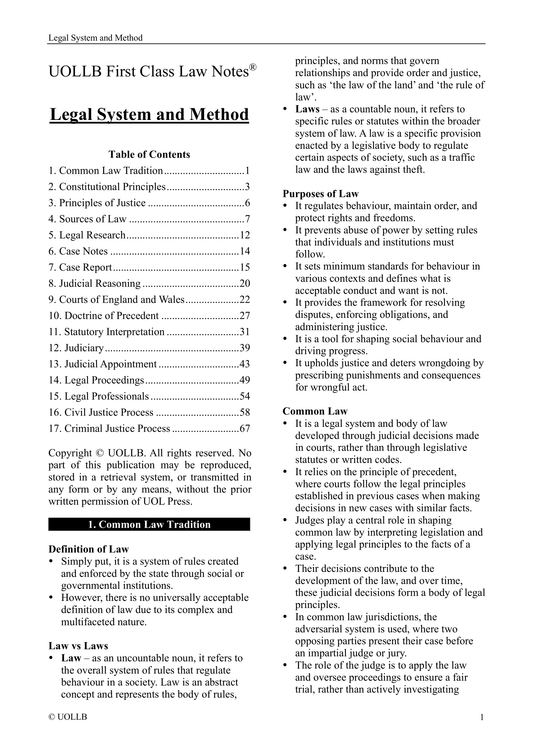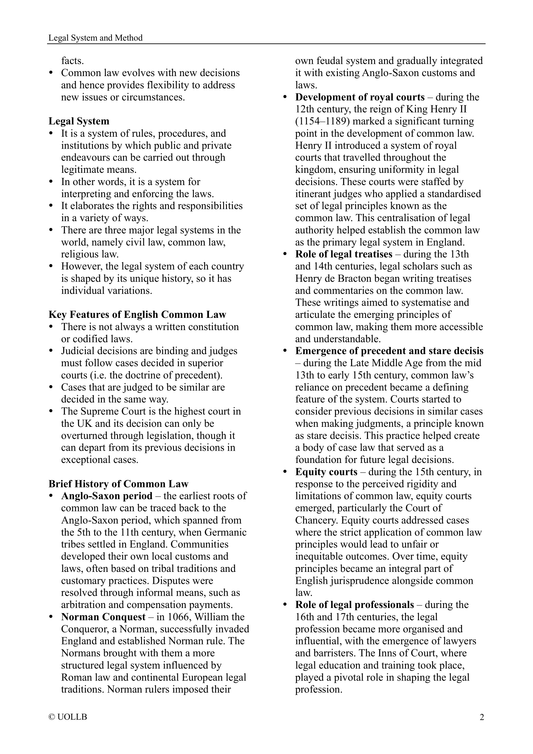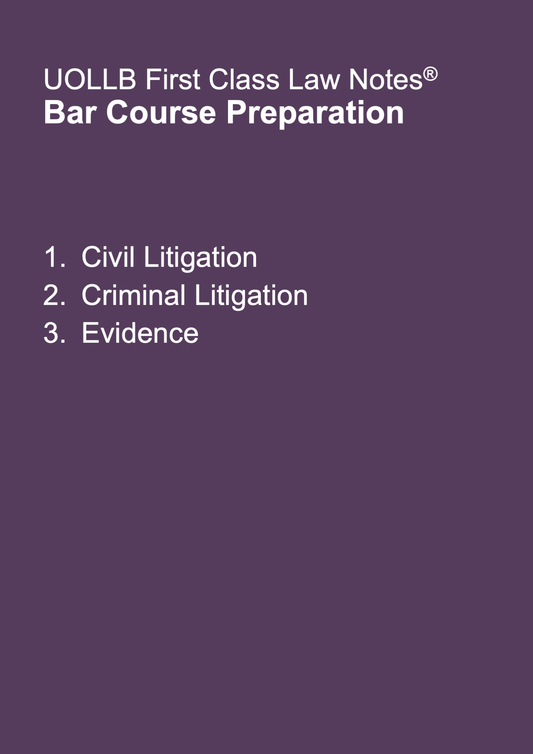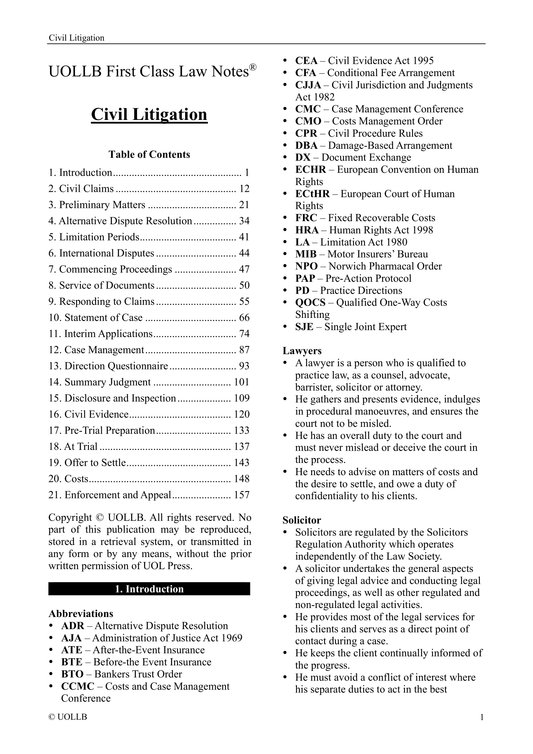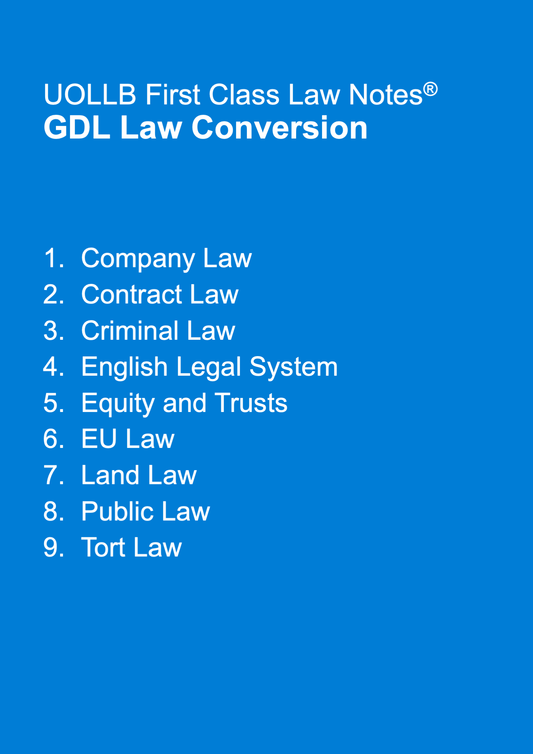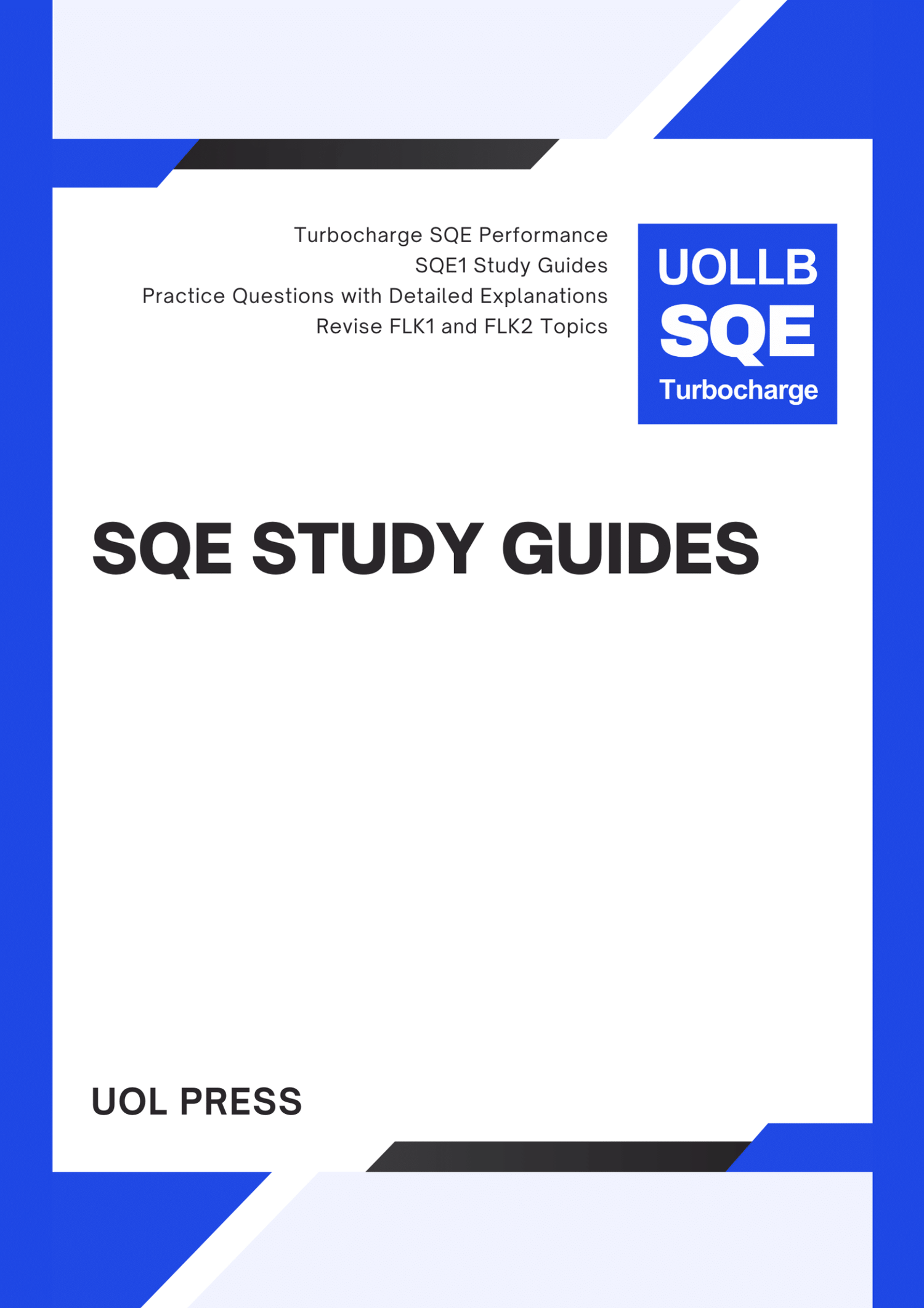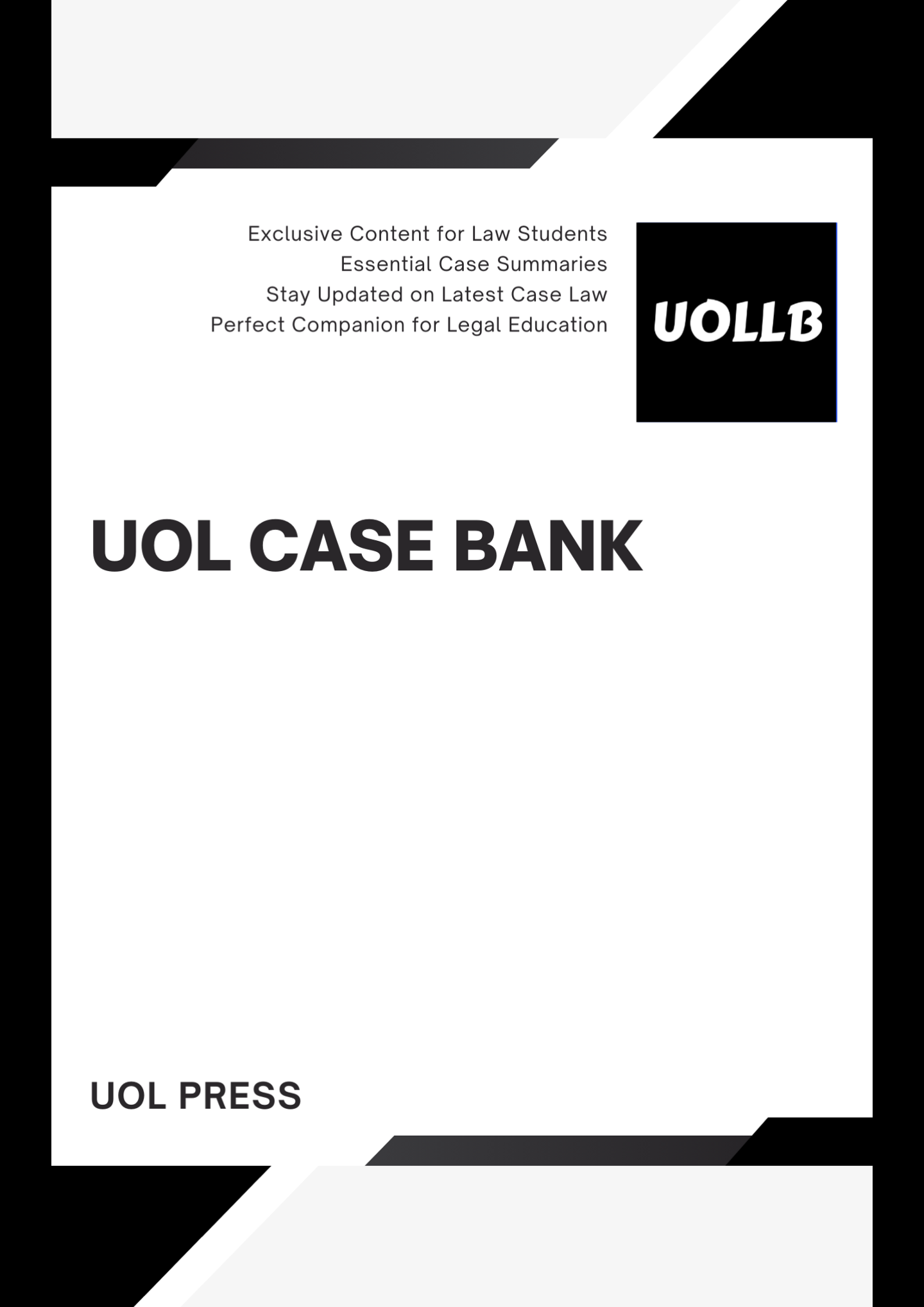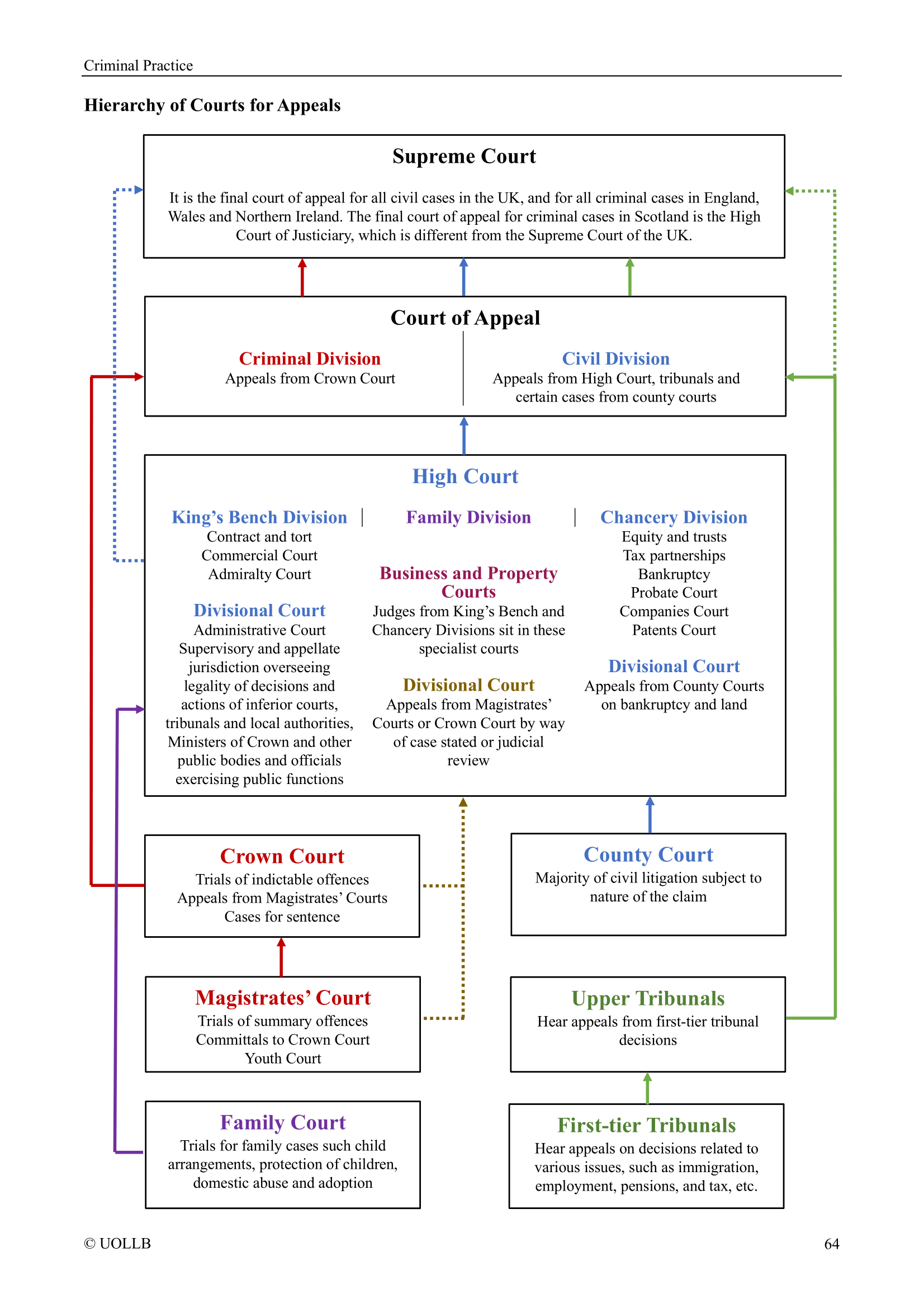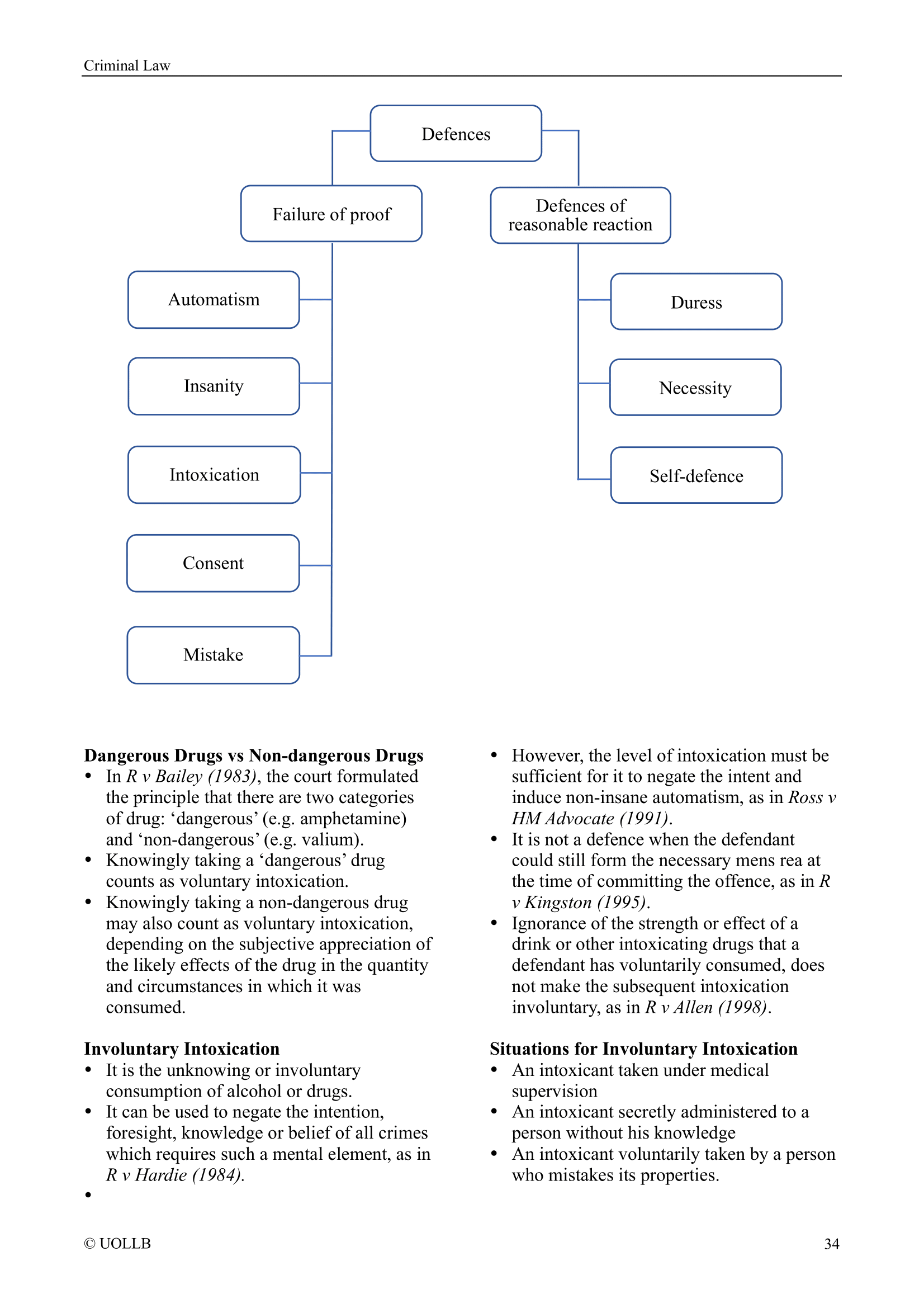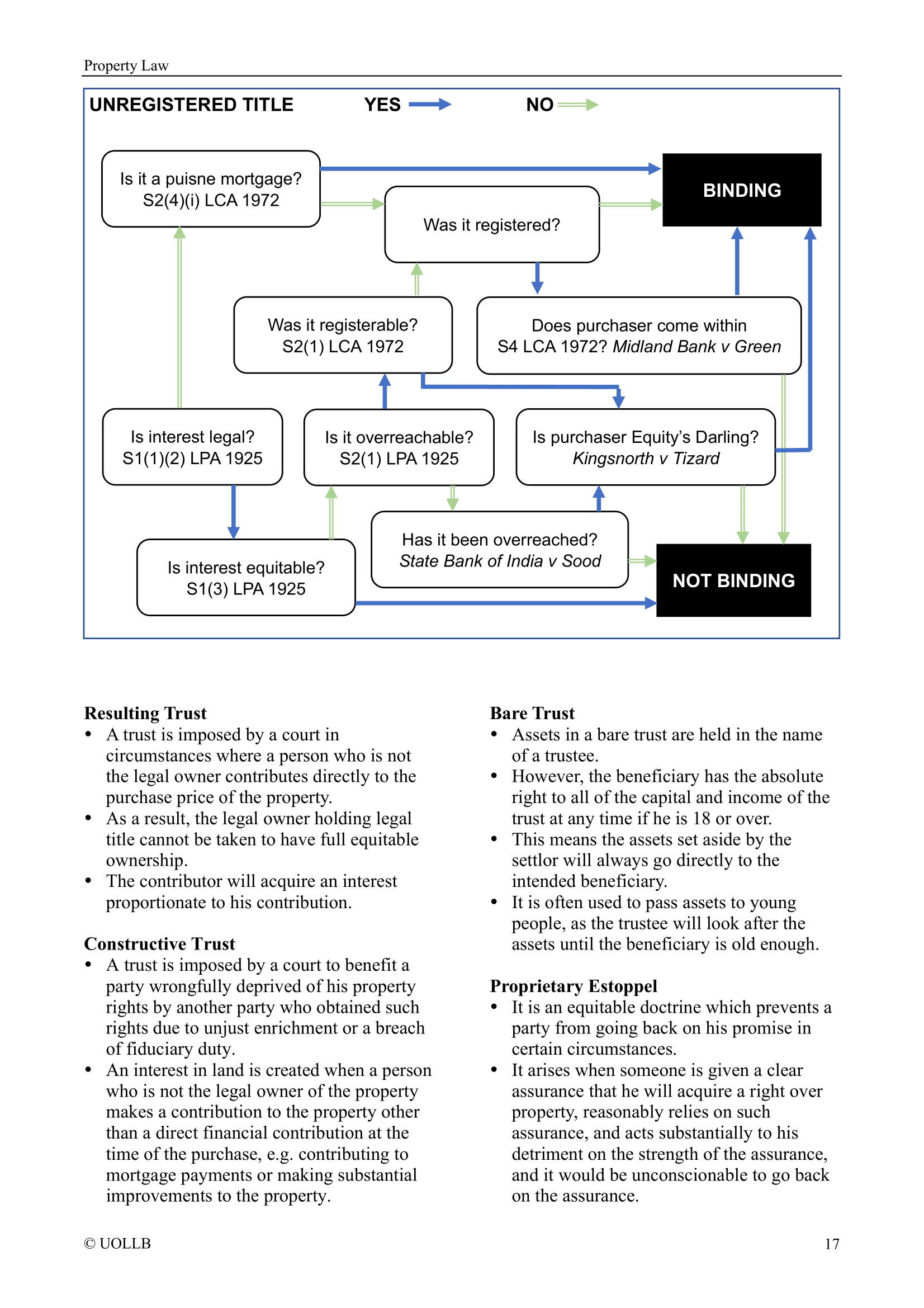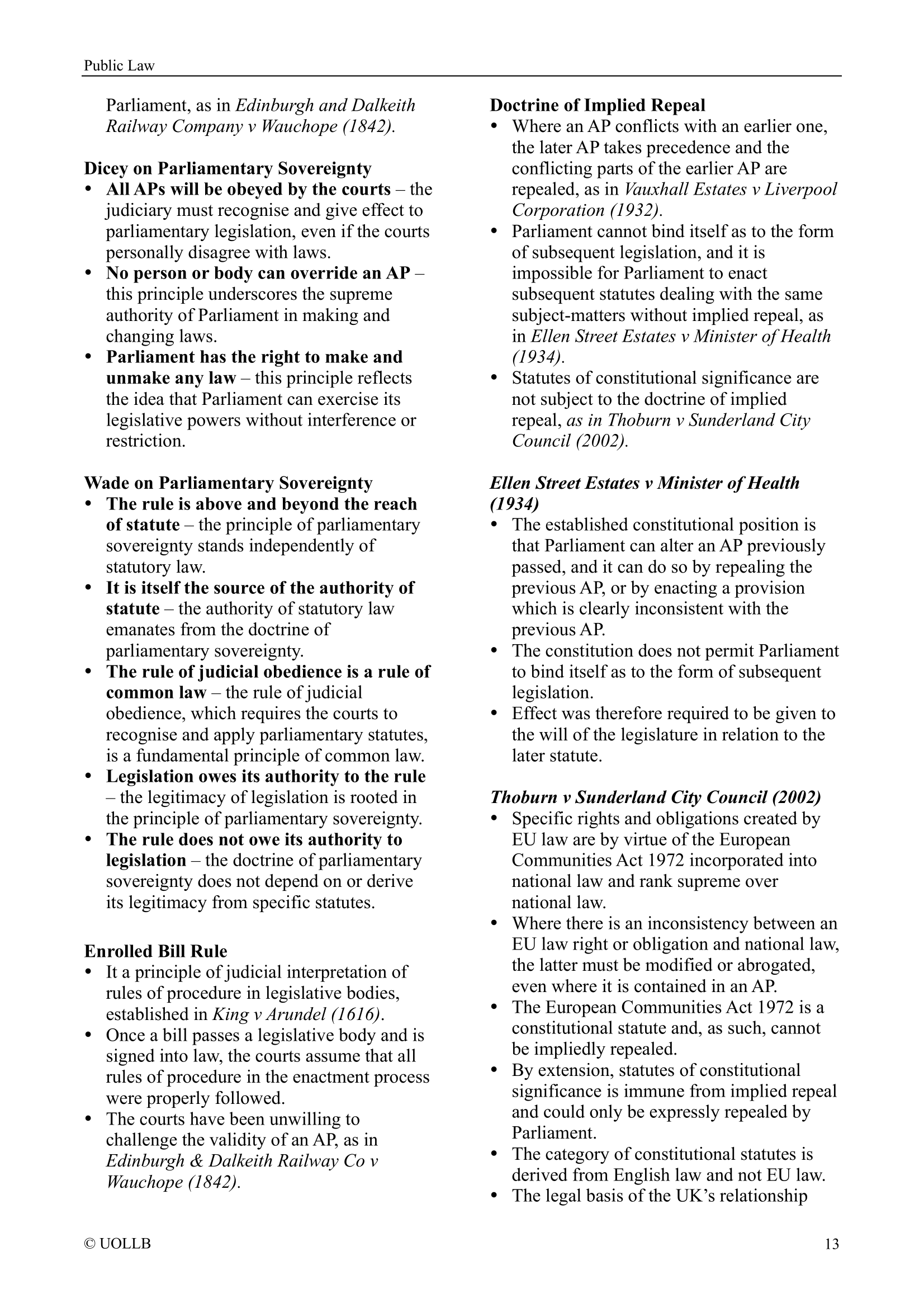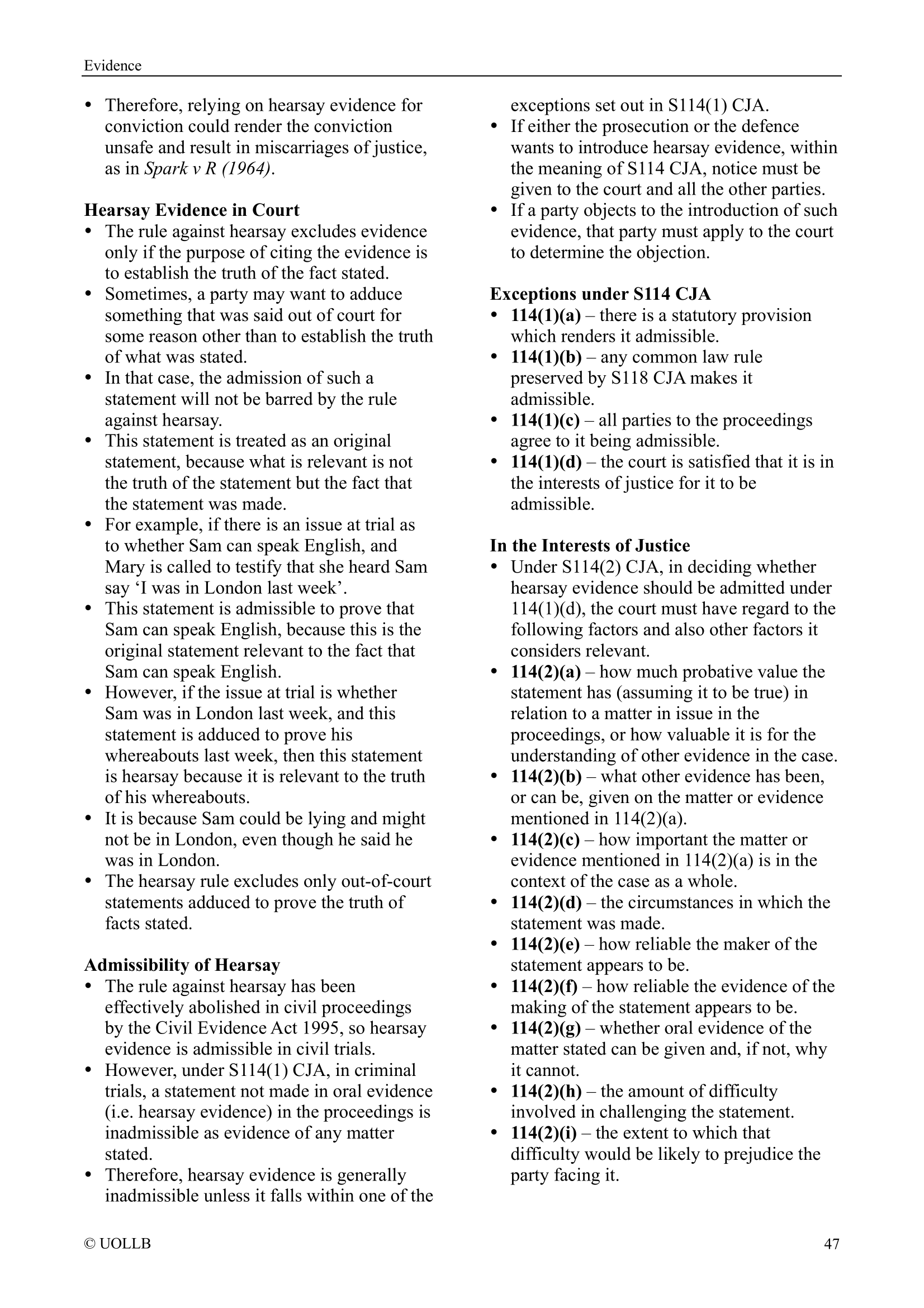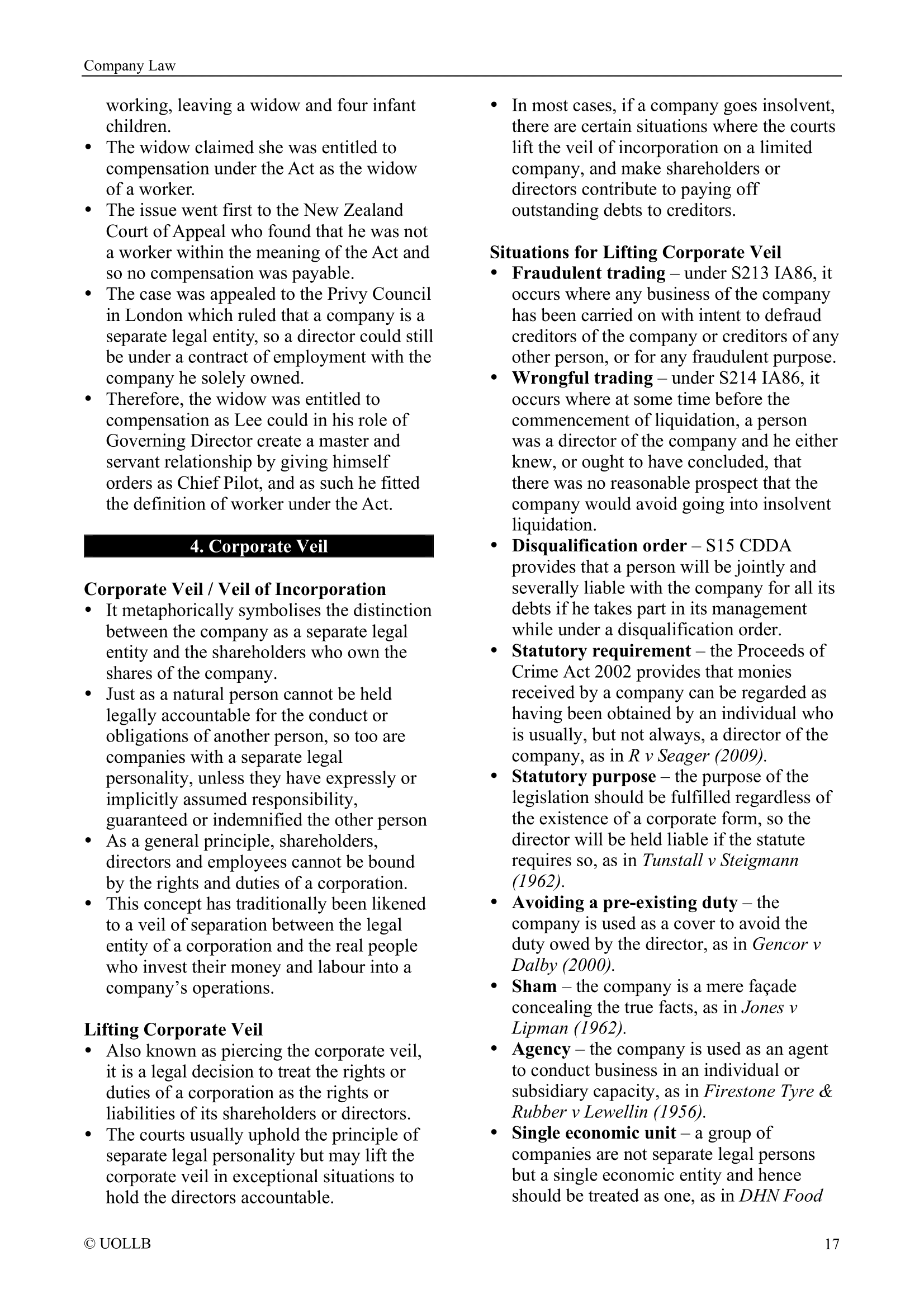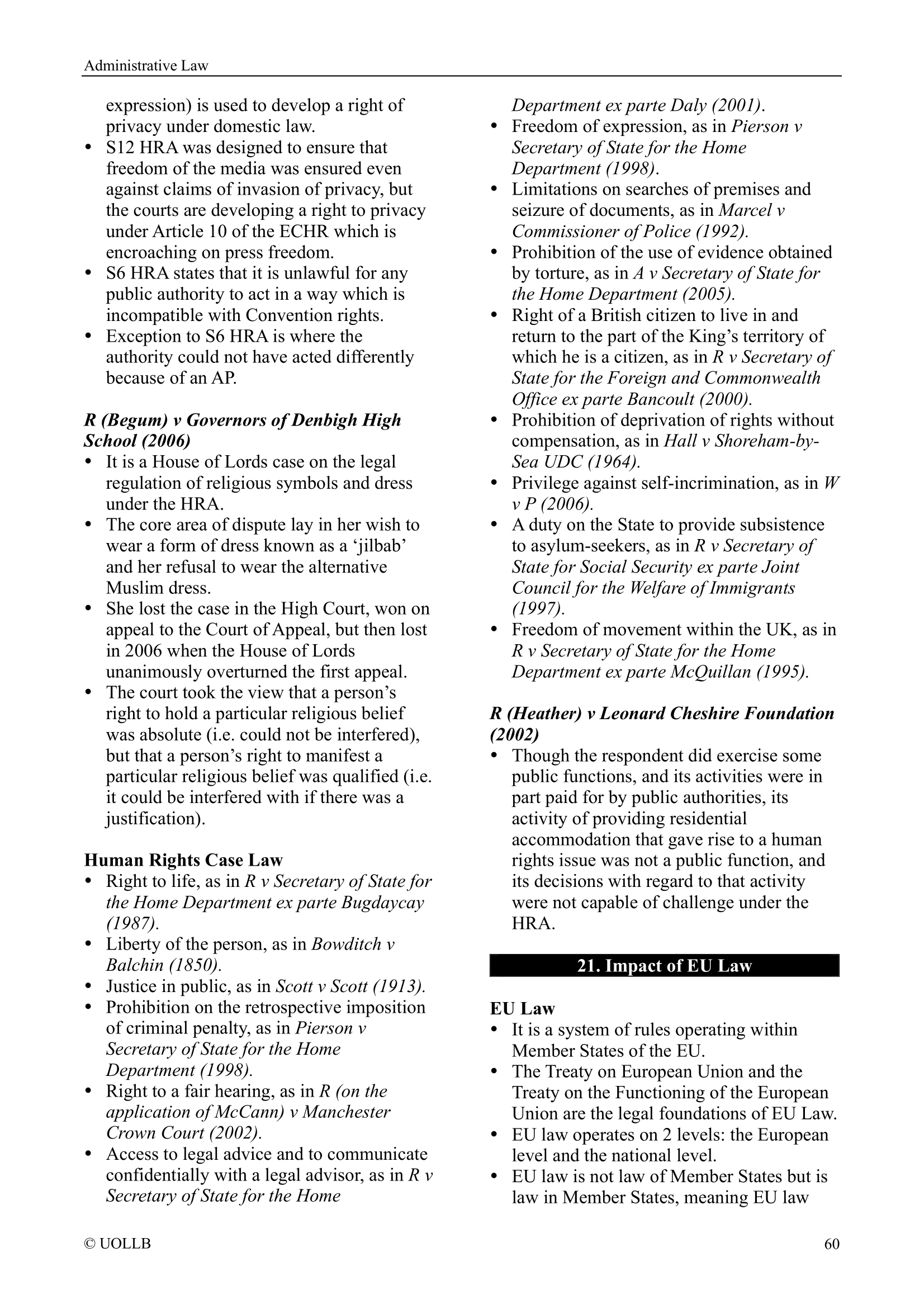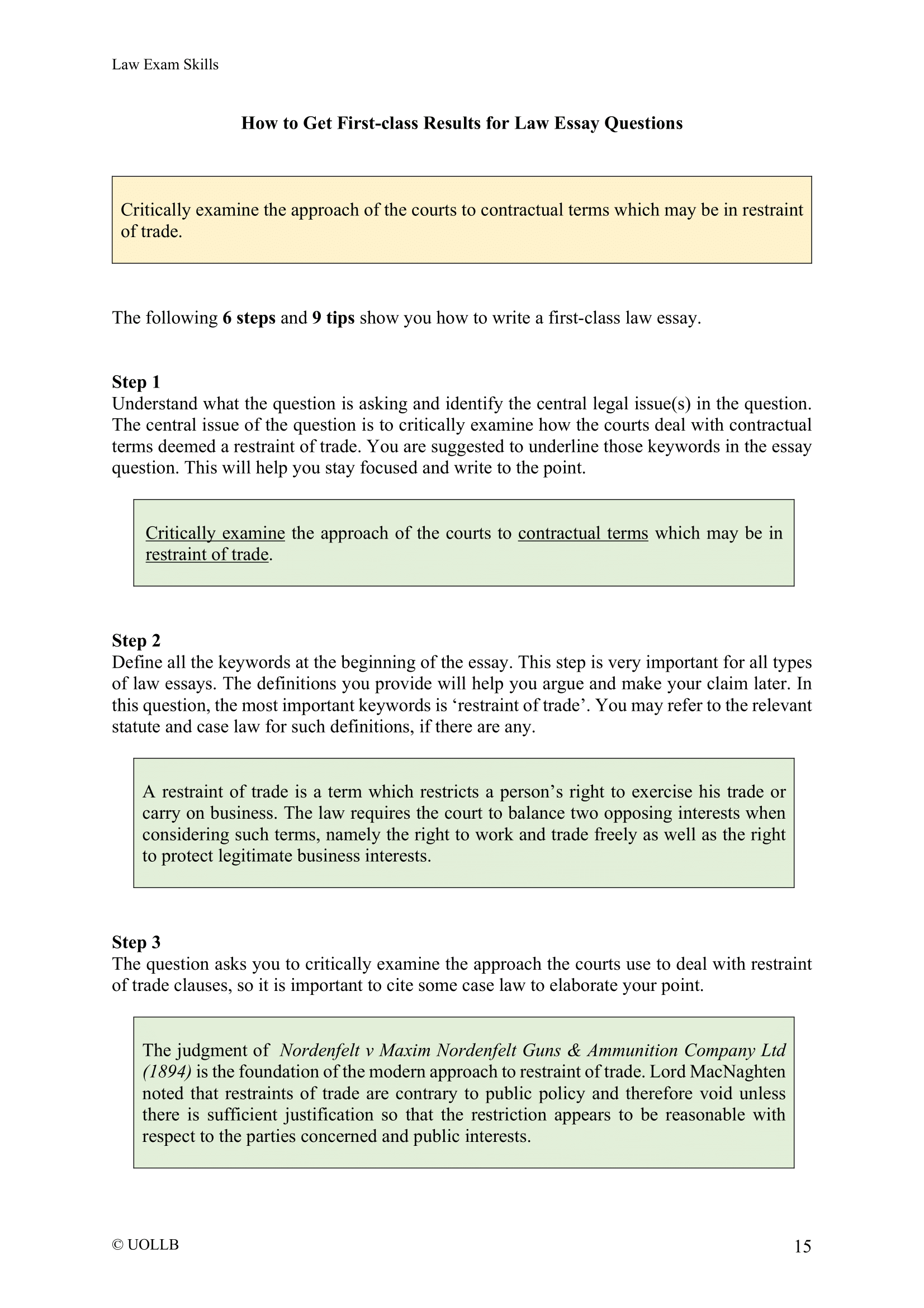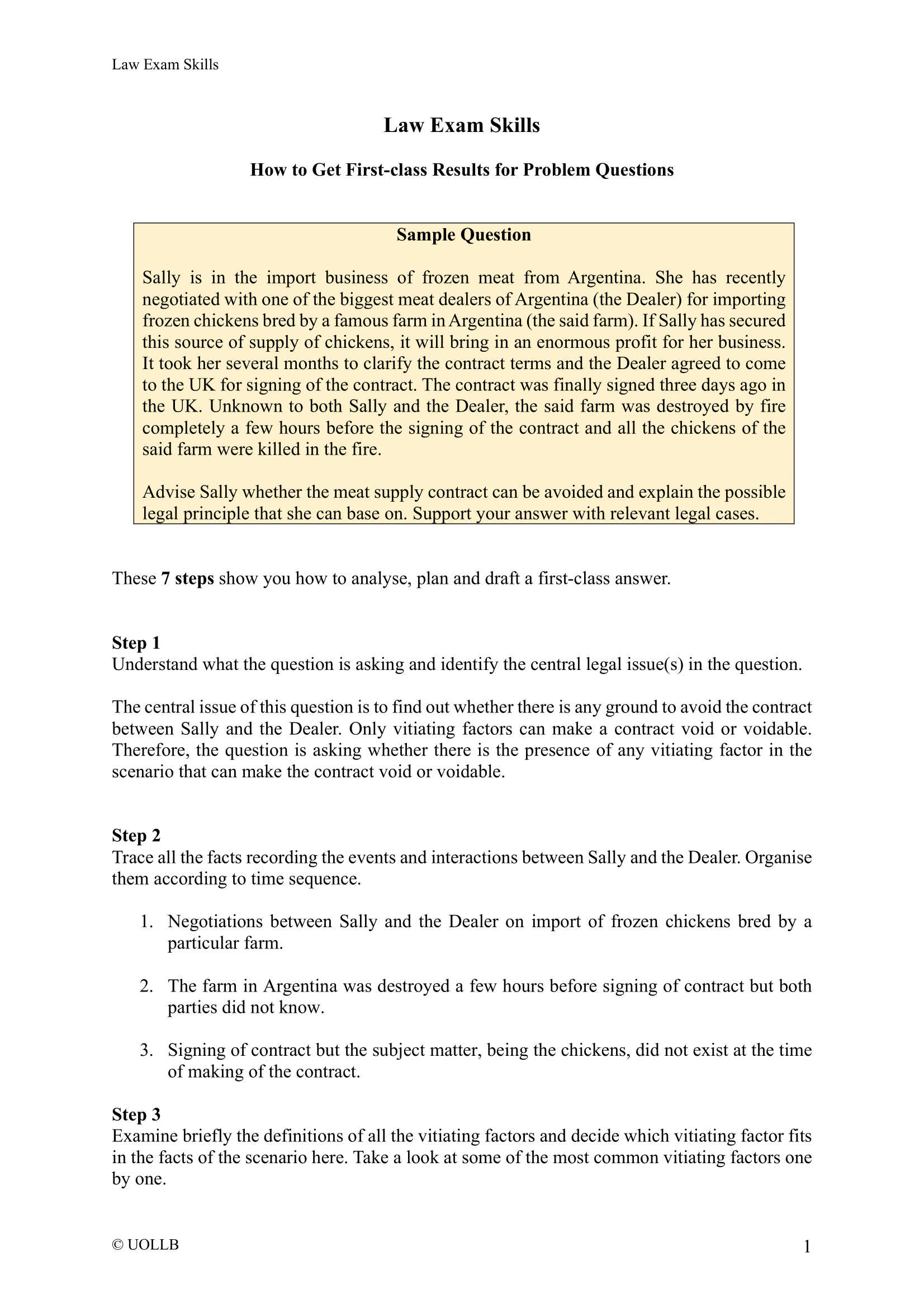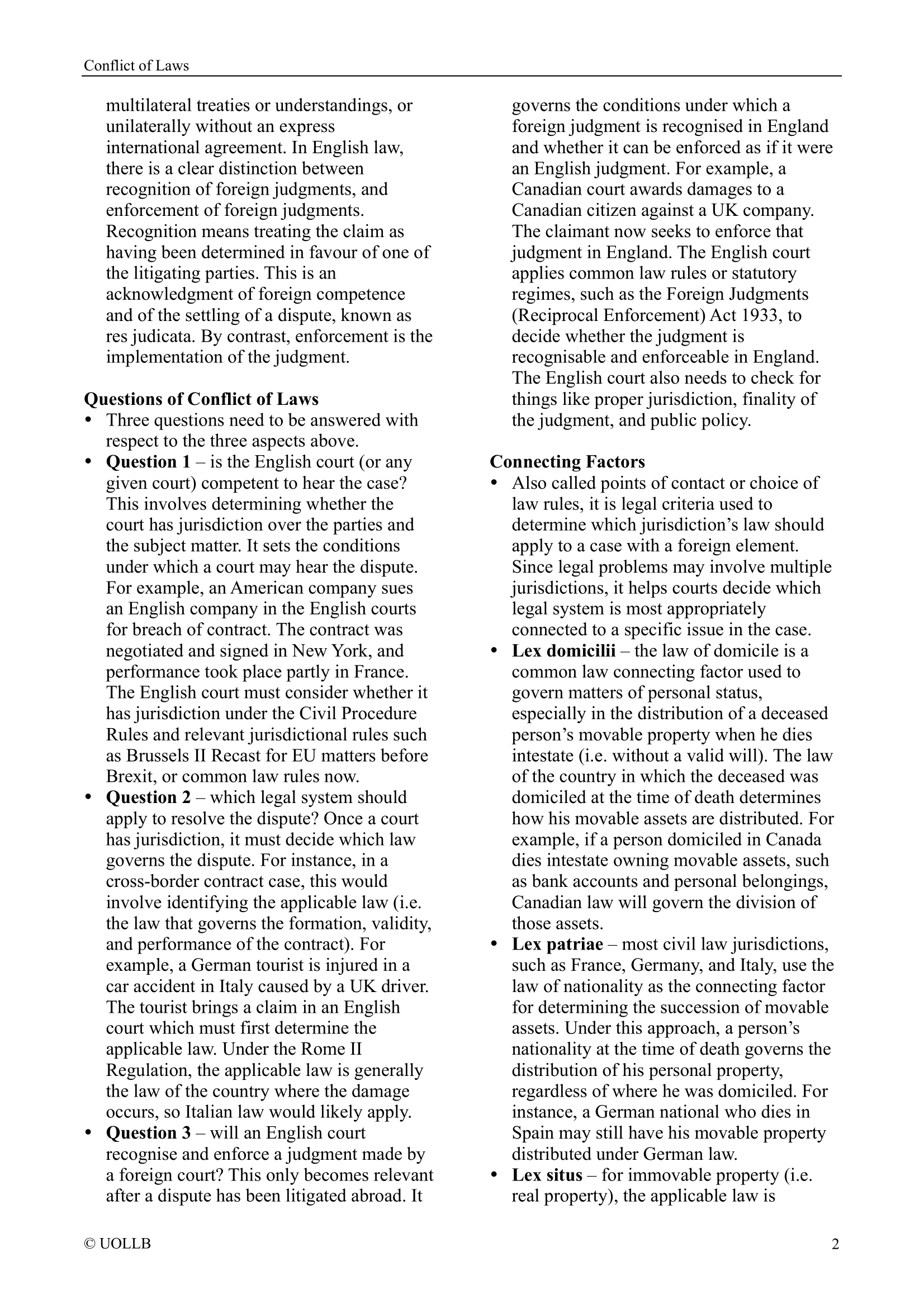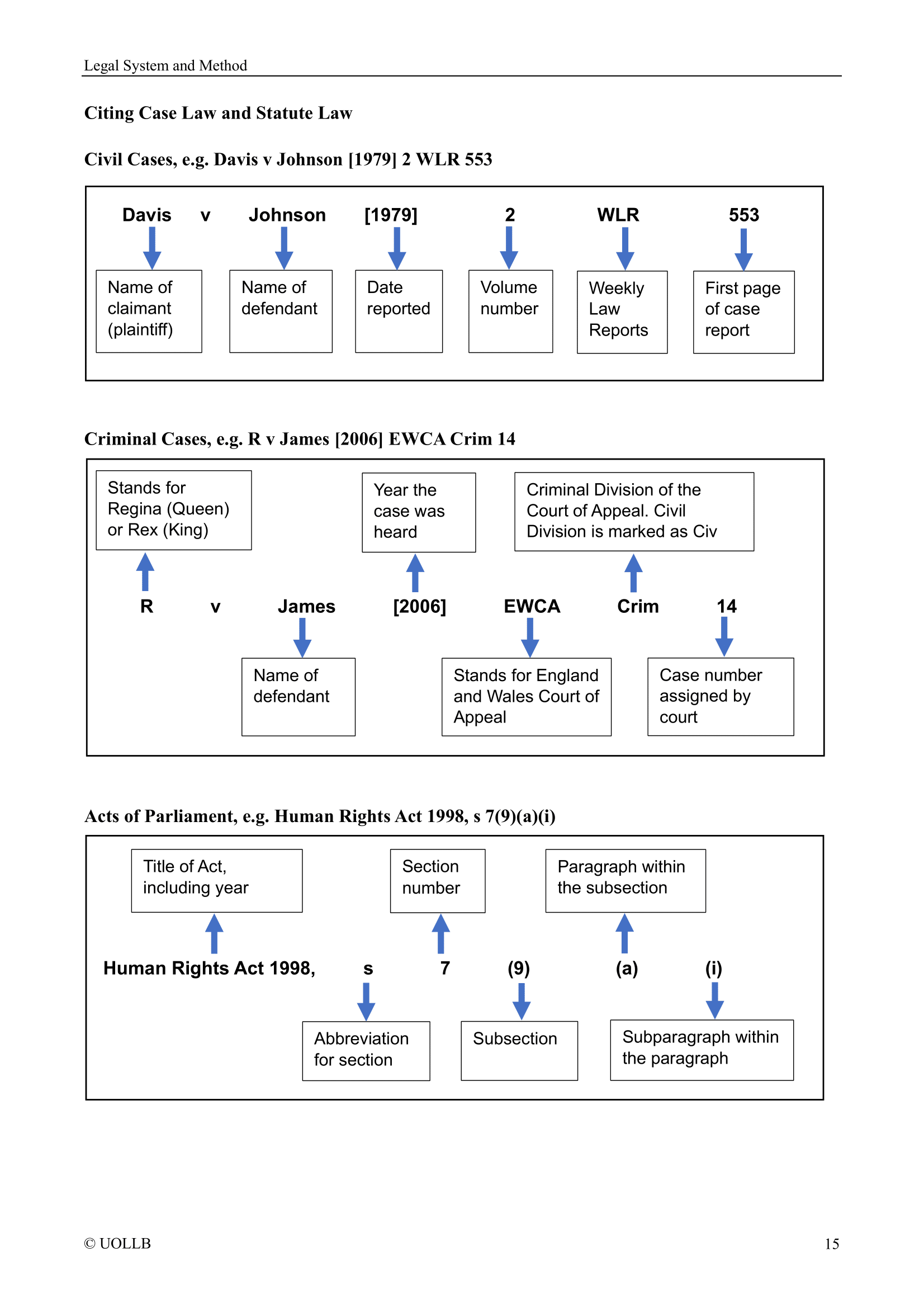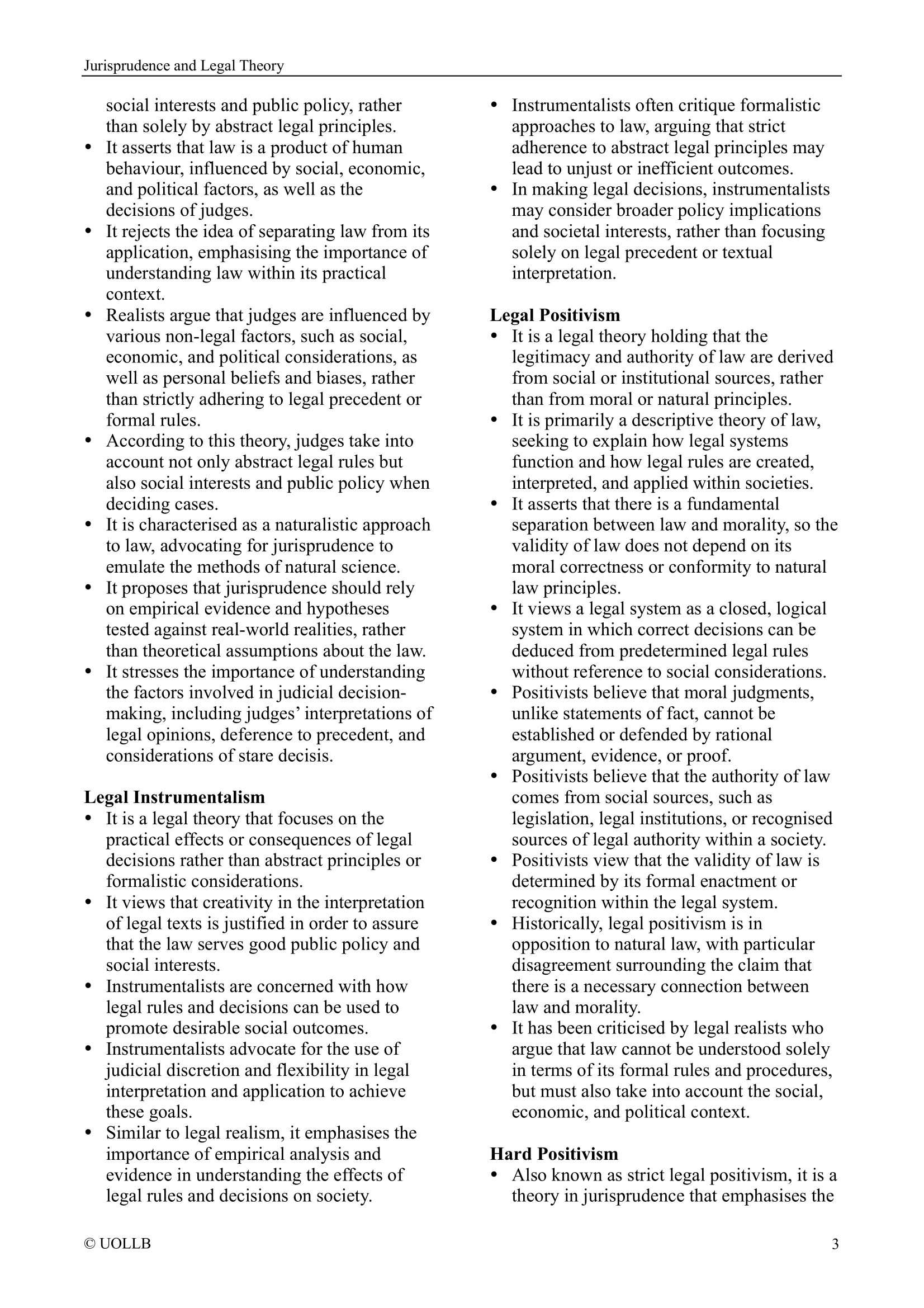Small Boat Crisis Thanks to Brexit
Share
The small boat crisis refers to the increasing number of migrants and asylum seekers crossing the English Channel from France to the UK in small, often unsafe, vessels. These crossings began rising sharply around 2018 and have continued to grow, with tens of thousands attempting the journey annually. Most of these individuals are from conflict or unstable regions, such as Afghanistan, Iran, Syria, Sudan, and Eritrea, and aim to claim asylum once they reach UK territory.
Before Brexit, the UK’s immigration control was partially supported by EU-level cooperation mechanisms, particularly the Dublin Regulation, which allowed for the transfer of asylum seekers back to the first EU country they entered. After leaving the EU, the UK lost access to these arrangements, which has had direct legal and operational consequences. Under the Dublin III Regulation (EU No. 604/2013), an asylum seeker could be returned to the first EU member state they entered. This prevented “asylum shopping” and gave member states, including the UK, a legal basis to transfer migrants back to France or another EU country responsible for processing their asylum claim.
Following Brexit, the UK ceased to be a participant in the Dublin system on 31 December 2020. The UK government sought to negotiate a replacement returns agreement with the EU, but no deal was reached. Consequently, the UK now lacks any formal mechanism to return migrants to France or other EU states, even when there is clear evidence that they travelled through those countries. This loss has severely constrained the UK’s ability to deter small boat crossings. Migrants and smugglers are aware that once individuals reach British shores and claim asylum, it is extremely difficult to remove them. This has made the UK a more attractive destination for irregular entry.
Before Brexit, the UK benefited from EU-level intelligence sharing, policing cooperation, and border security initiatives, such as Europol, Eurodac, and the European Border and Coast Guard Agency. These systems helped track asylum seekers, share biometric data, and coordinate border enforcement across the continent. However, Brexit ended automatic UK participation in these mechanisms. Although bilateral cooperation with France continues, for example, through the Le Touquet Agreement (2003) and subsequent funding arrangements for French coastal patrols, this cooperation is now politically fragile and lacks the legal depth and institutional coordination once provided by the EU framework. France has repeatedly criticised the UK for not accepting shared responsibility for asylum processing, while the UK accuses France of failing to prevent departures.
Brexit has also had broader political effects that influence the small boat crisis. The UK government’s post-Brexit immigration policy emphasises “taking back control” of borders and reducing overall immigration. However, the end of free movement and EU legal frameworks has left the UK more isolated in managing irregular migration. The Rwanda policy, which aims to create unilateral deterrence measures for removing asylum seekers arriving illegally to Rwanda for processing, partly reflects this post-Brexit environment. Yet, this approach faces significant legal challenges under domestic human rights law, particularly the Human Rights Act 1998 that incorporated the European Convention on Human Rights and international refugee law, notably the 1951 Refugee Convention.
It is important to recognise that the small boat crisis is not solely a product of Brexit. Broader push factors, including wars, persecution, poverty, and political instability, drive irregular migration to Europe. Likewise, pull factors, such as language, existing communities, and perceptions of fair treatment in the UK asylum system, contribute to migrants’ decisions to cross the Channel. However, Brexit has amplified the crisis by removing cooperative return mechanisms and weakening cross-border intelligence sharing. This has left the UK government with fewer tools to manage migration effectively, turning what was once a shared European challenge into a more unilateral and politicised issue.
The small boat crisis was not directly caused by Brexit, but Brexit has exacerbated it by dismantling the legal and operational frameworks that previously allowed for cooperation with EU partners. The end of the Dublin Regulation, loss of EU security databases, and weakened Franco-British coordination have all contributed to the surge in Channel crossings. In short, although migration pressures existed before Brexit, the UK’s departure from the EU has made it significantly harder to manage, deter, and return those arriving via small boats. The crisis therefore reflects not only global migration trends but also the structural consequences of the UK’s decision to leave the EU’s asylum and border cooperation system.
